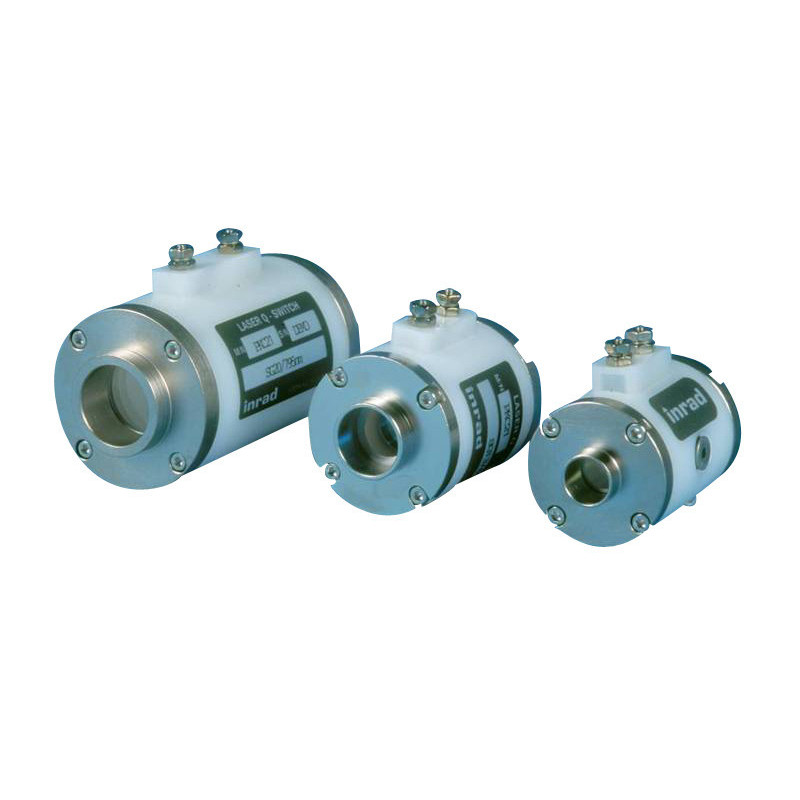Cellules de Pockels

Reference number: PPG-Pockels-Cells
Cellules de Pockels



Reference number: PPG-Pockels-Cells
Cellules de Pockels

Need more info?
Contact our expert.
Our Team
Description
Selection of the best crystalline material to use as a Pockels cell medium is determined by the wavelength of operation and the specific performance requirements such as damage threshold, average power handling, extinction ratio, and repetition rate.
KD*P Pockels Cells :
KD*P is routinely used for Q-Switching applications from the UV to about 1.1 µm where the absorption limits its use in active cavities, although it can be useful at longer wavelengths when a few percent of absorption can be tolerated.
LiNbO3 Cells :
LiNbO3 Cells is used at 1,064 nm and longer wavelengths. As a Pockels cell with an electrical field applied transverse to the direction of light propagation, it can be configured to operate at a lower voltage than KD*P at 1,064 nm by selecting the thickness and length of the crystal. LiNbO3 is useful at infrared wavelengths as along as 4.0 µm although the half wave voltage becomes quite high. INRAD offers a damped LiNbO3 Pockels cell that dramatically decreases piezoelectric ringing and allows the Pockels cell to be used at higher repetition rates.
BBO Pockels Cells :
BBO can be useful at wavelengths from the UV to about 2 µm. The crystal handles high average powers better than either KD*P or LiNbO3, although it has a relatively small electro-optic coefficient. Hence, for BBO Pockels cells, voltages typically are high. Longer crystals reduce the voltage requirement. Thinner crystals, for which the clear aperture is smaller, also require less voltage for a given application.